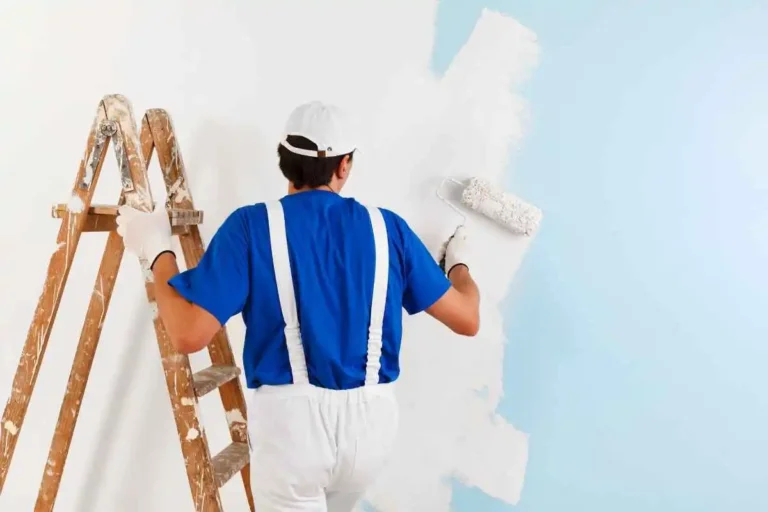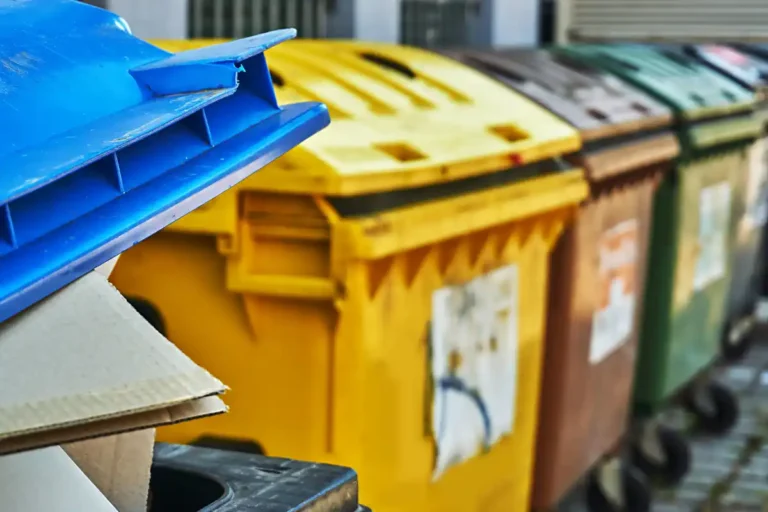It is in your best interest as a property manager to find tiny issues before they grow into larger ones. Here are six indicators that it’s time to replace the siding on your properties to avoid potentially more costly repairs.
- Visible Damage
You should think about repairing the siding if you see numerous cracks, chips, dents, or rotting. Storm damage or being struck by something can both harm siding. Any one of these siding damage patterns might degrade the condition of your house. Siding that is compromised allows moisture to enter the house, which eventually leads to decay and mold.
2. Chalk-like texture
Oxidation takes place if the siding feels chalky and leaves a white residue on your hands. If detected quickly, oxidation can be removed and the siding can be repaired.
3. Bubbling Wallpaper
Wallpaper that is dripping inside the home suggests that your siding may be damaged. Water damage has probably occurred because of outside water that has become trapped in the walls.
4. Increased Electricity Costs
Electricity costs and siding go hand in hand. Drafts are frequently caused by deteriorated siding on the exterior of the property, especially around windows and electrical outlets. High heating and cooling costs are frequently caused by siding that performs poorly. The siding should be changed if it is let air in, although more insulation may assist. Your home will be sealed against moisture and drafts, lowering your electricity costs.
5. Constant Maintenance
It may be best to replace your siding if you discover that it requires frequent painting due to cracking, peeling, or chipping. Any siding will occasionally need to be cared for and maintained, but if this happens every year, the siding is worn out.
6. Home Selling
Installing new siding on your home might significantly boost its value if you want to sell it soon. A buyer is much more likely to submit an offer if they see brand-new, stylish, contemporary siding on your house. Your siding may turn off potential buyers if it is outdated or damaged.



